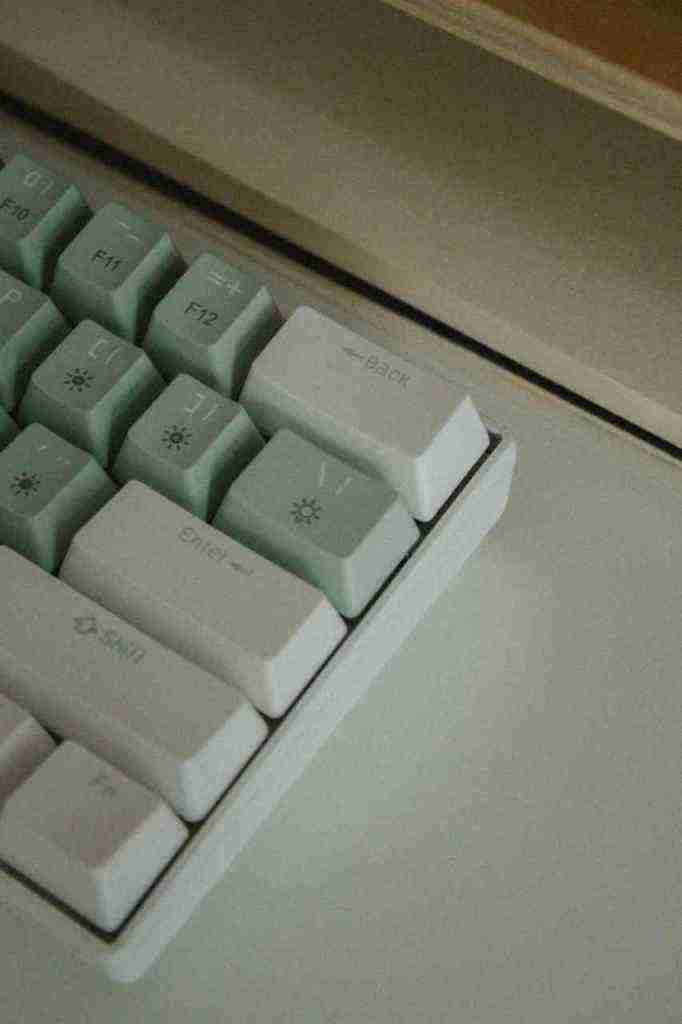Advances in Hardware Solutions for Deep Learning
Deep Learning Techniques and Hardware Demands
Deep learning, a subset of machine learning, has taken the world by storm, achieving impressive accuracy in tasks like image recognition and natural language processing. These techniques, however, are incredibly demanding computationally. This has sparked a surge in research and development of specialized hardware solutions that can handle the heavy lifting of deep learning algorithms.
Hardware Accelerators for Deep Neural Networks
Enter hardware accelerators, the superheroes of the computing world, designed to excel at specific computational tasks. Researchers have created specialized accelerators tailored to the unique demands of deep neural networks, the workhorses behind deep learning models. These accelerators can significantly speed up the training and execution of deep learning algorithms, making them more efficient and practical.
Joint Development of Hardware and Machine Learning Models
Traditionally, the design of hardware accelerators has been a separate endeavor from the training and execution of deep learning models. But some researchers are pioneering a more holistic approach, where hardware and machine learning model development are intertwined. This allows for a more optimized and efficient system, where both hardware and software work in harmony to achieve the best possible results.
Advances in Hardware Solutions for Deep Learning, Part 2
Tiny Classifiers for Tabular Data
Nature of Tiny Classifiers
Imagine if you could perform complex classification tasks with a circuit that’s only a fraction of the size of traditional machine learning models. Tiny classifiers, generated using machine learning methods, make this dream a reality. These circuits consist of just a few hundred logic gates, offering remarkable efficiency.
Performance Comparison
Despite their compact nature, tiny classifiers pack a punch. Studies have shown that they achieve accuracies on par with state-of-the-art machine learning classifiers, all while using significantly fewer hardware resources and power. This makes them an attractive option for applications where resources are limited.
Implementation and Validation
To validate the potential of tiny classifiers, researchers conducted rigorous testing. They simulated the circuits and implemented them on actual low-cost integrated circuits. The results were impressive, demonstrating promising accuracy and power consumption.
Future Applications
Potential Use Cases
The low cost and efficiency of tiny classifiers open up a world of possibilities. Here are a few potential use cases:
- Triggering circuits on a chip: Tiny classifiers could be used to trigger specific actions on a chip, enabling more intelligent and responsive devices.
- Smart packaging and monitoring of goods: Tiny classifiers could be embedded in packaging to monitor the condition of goods during transport and storage.
- Development of low-cost near-sensor computing systems: Tiny classifiers could be used to create low-cost computing systems that can process data near the source, reducing latency and improving efficiency.
Conclusion
Tiny classifiers represent a significant leap forward in hardware solutions for deep learning. Their low cost, efficiency, and impressive performance make them well suited for a wide range of applications. As research continues, we can expect to see even more innovative uses for these cutting-edge circuits in the years to come.
